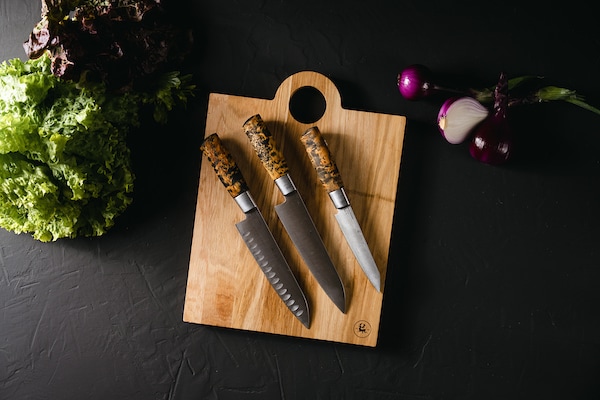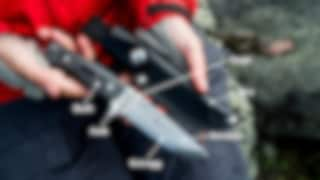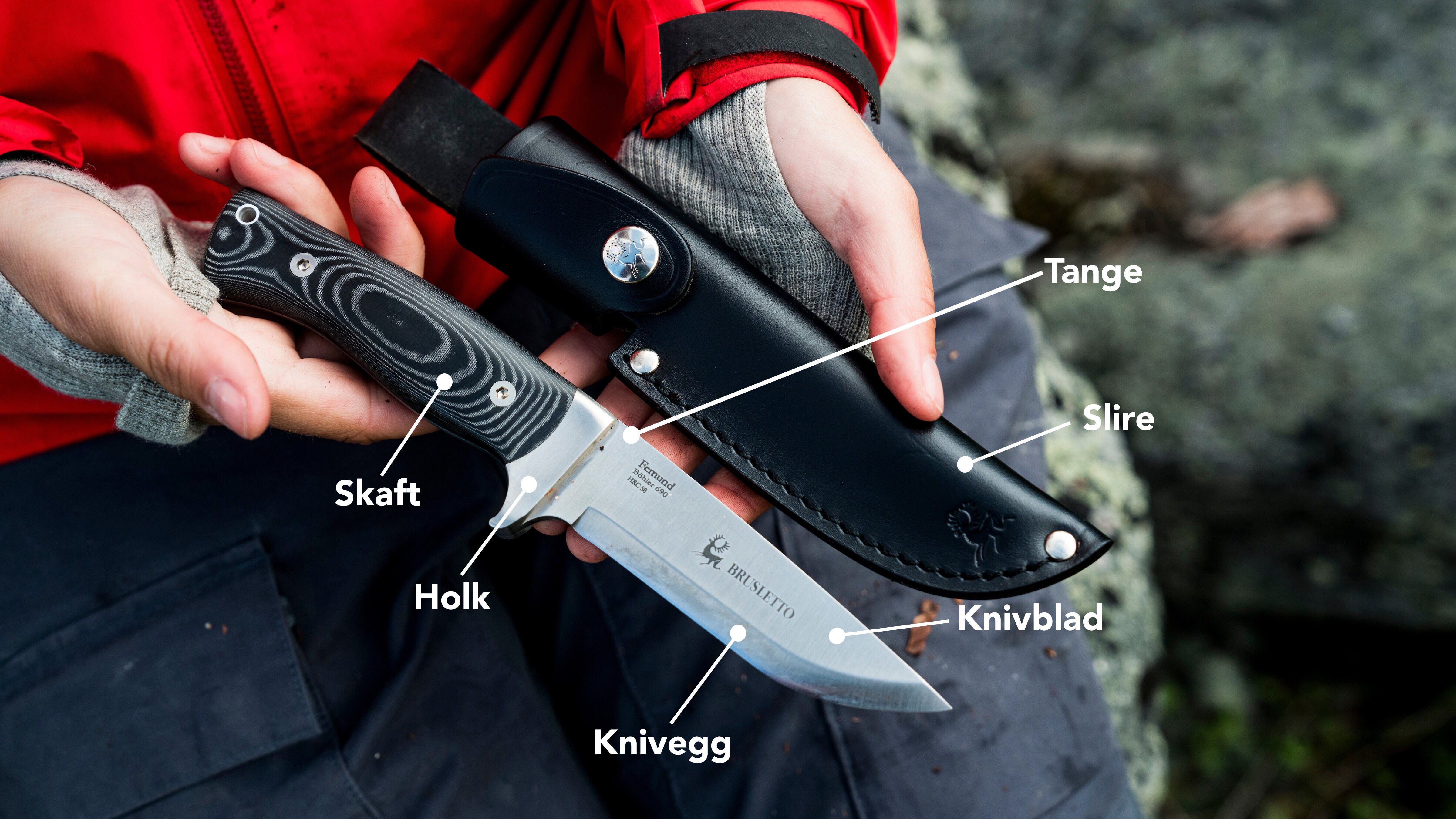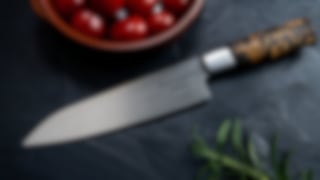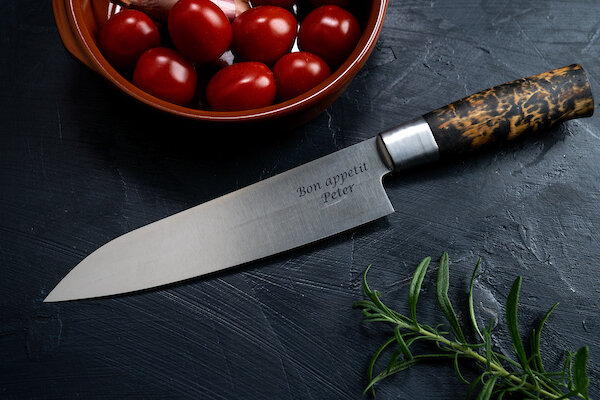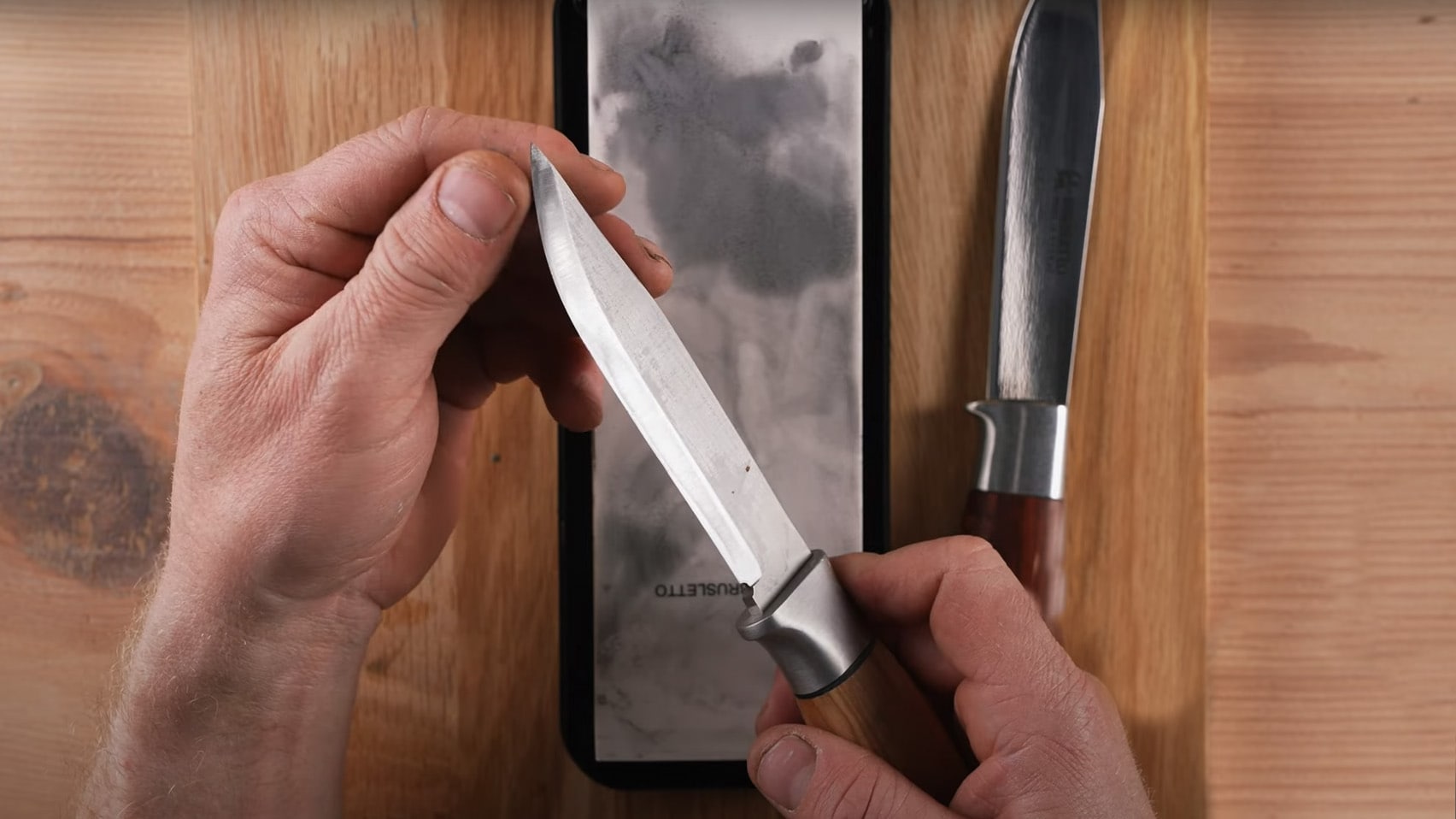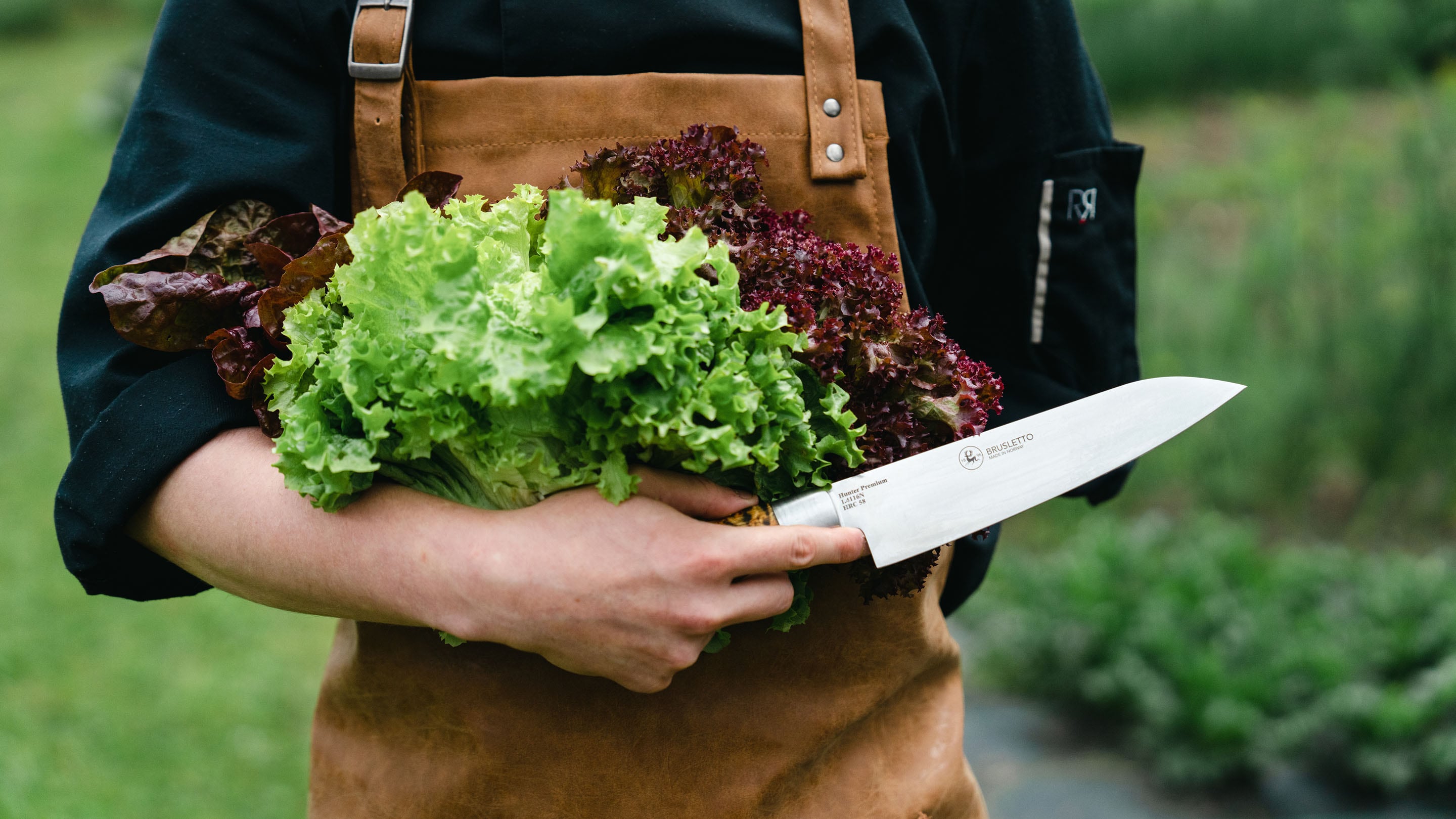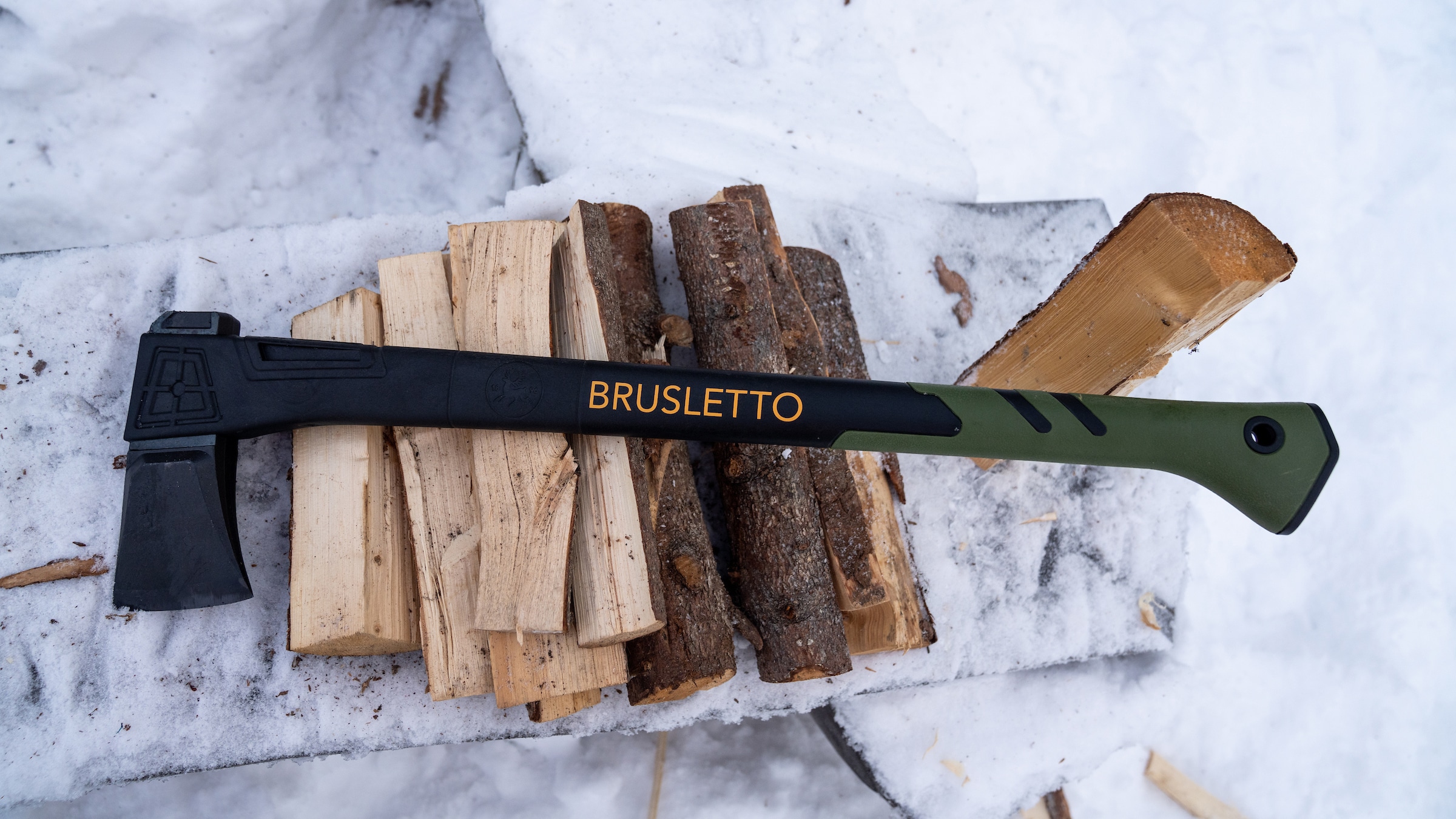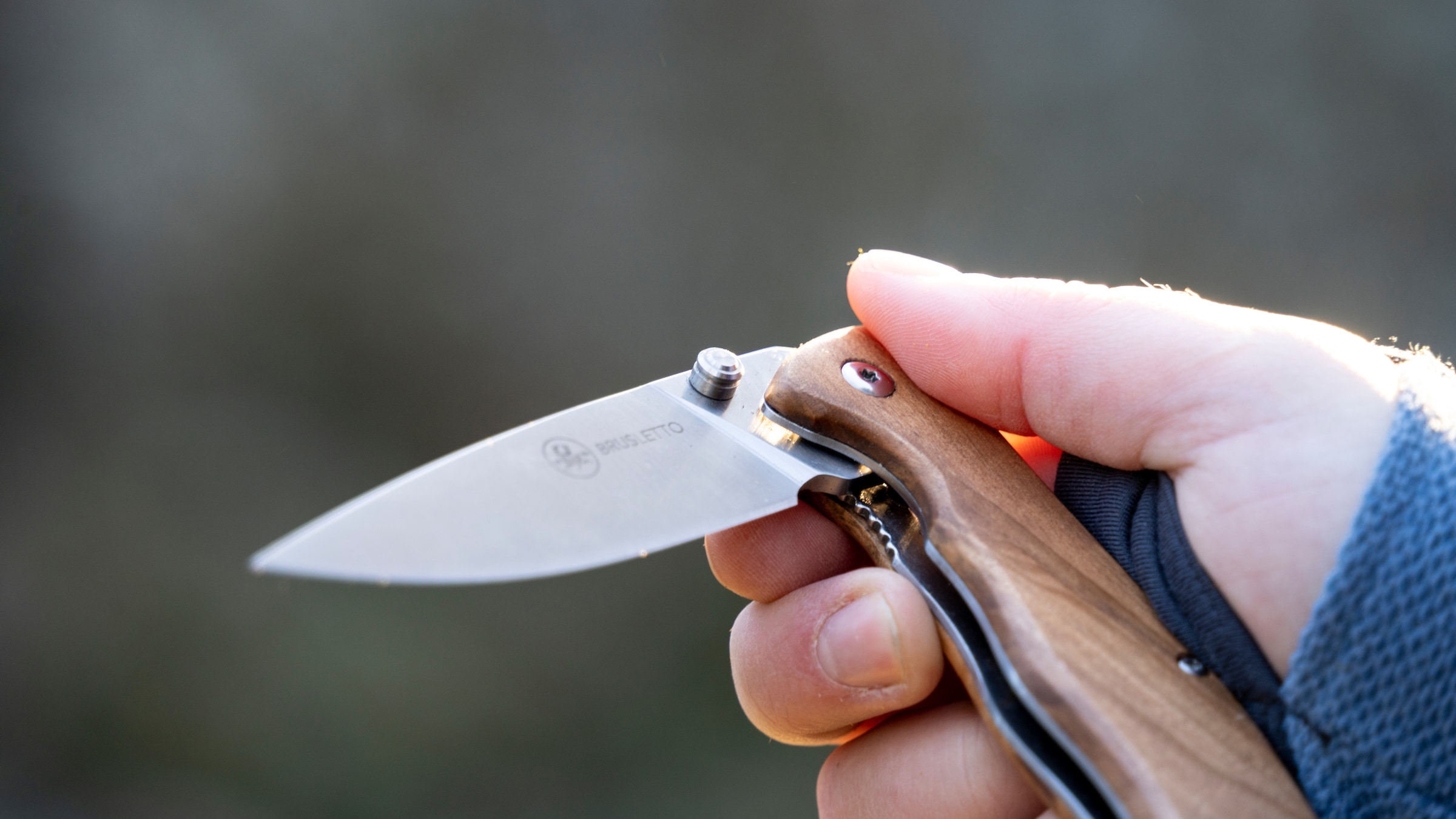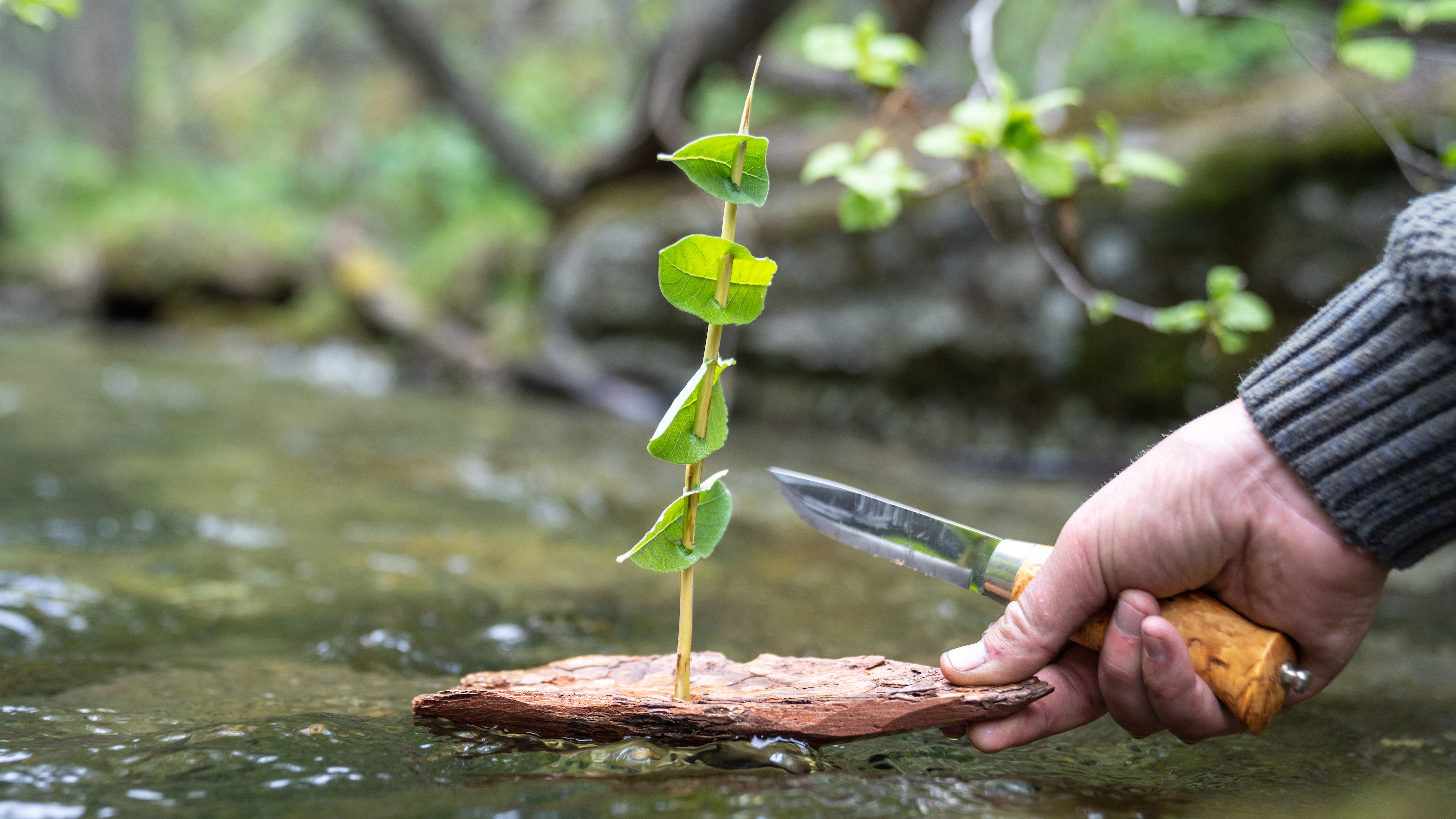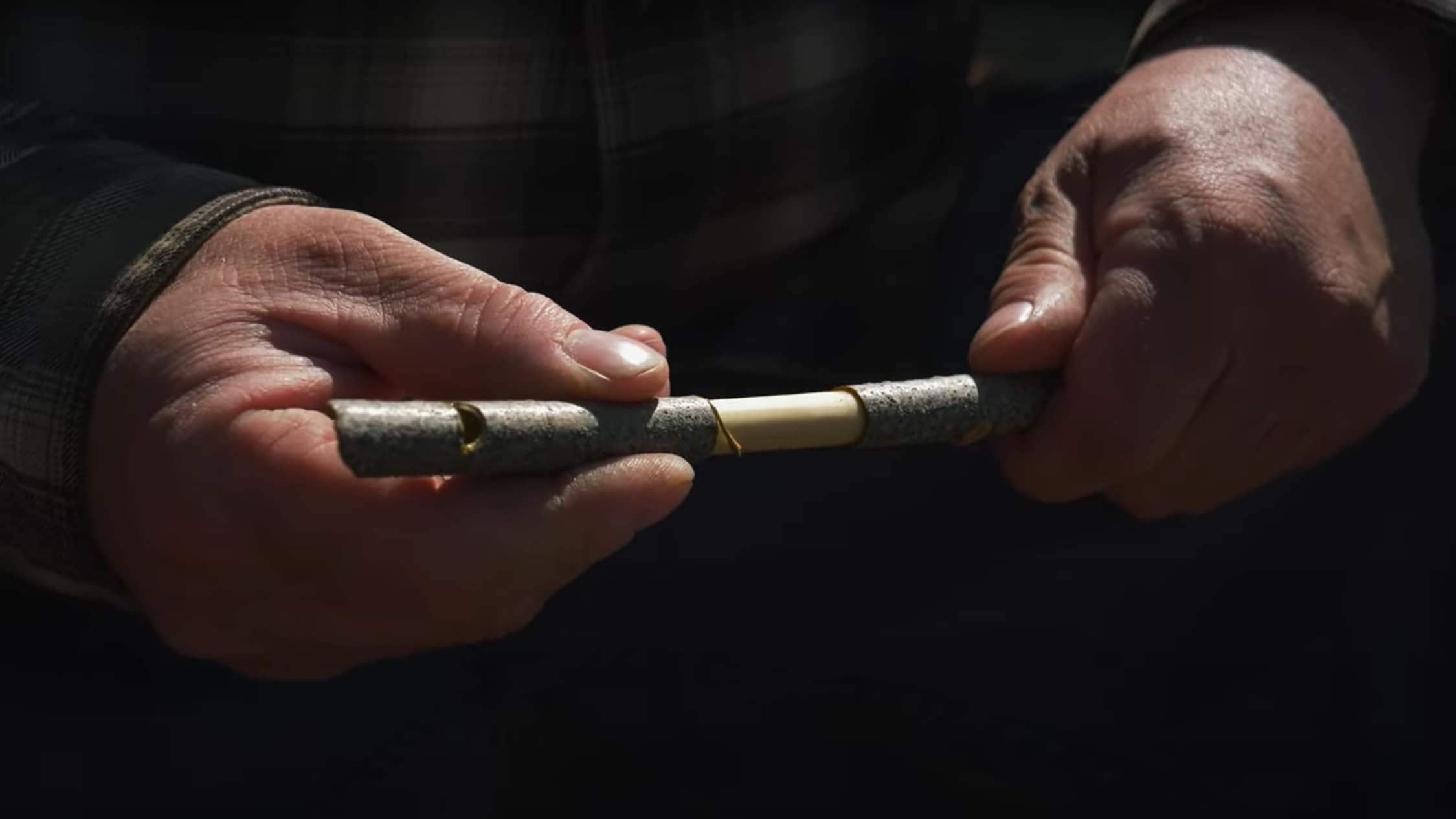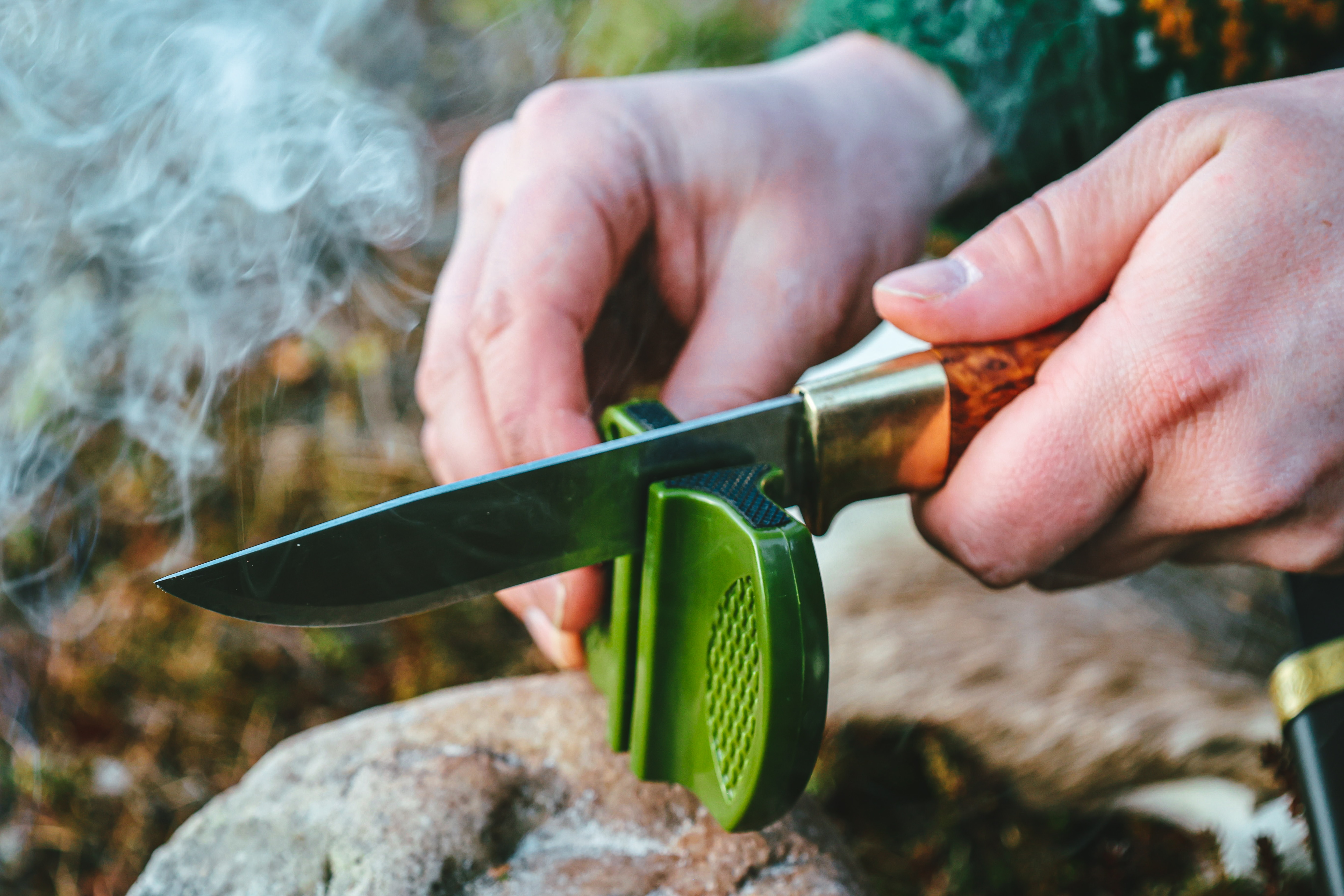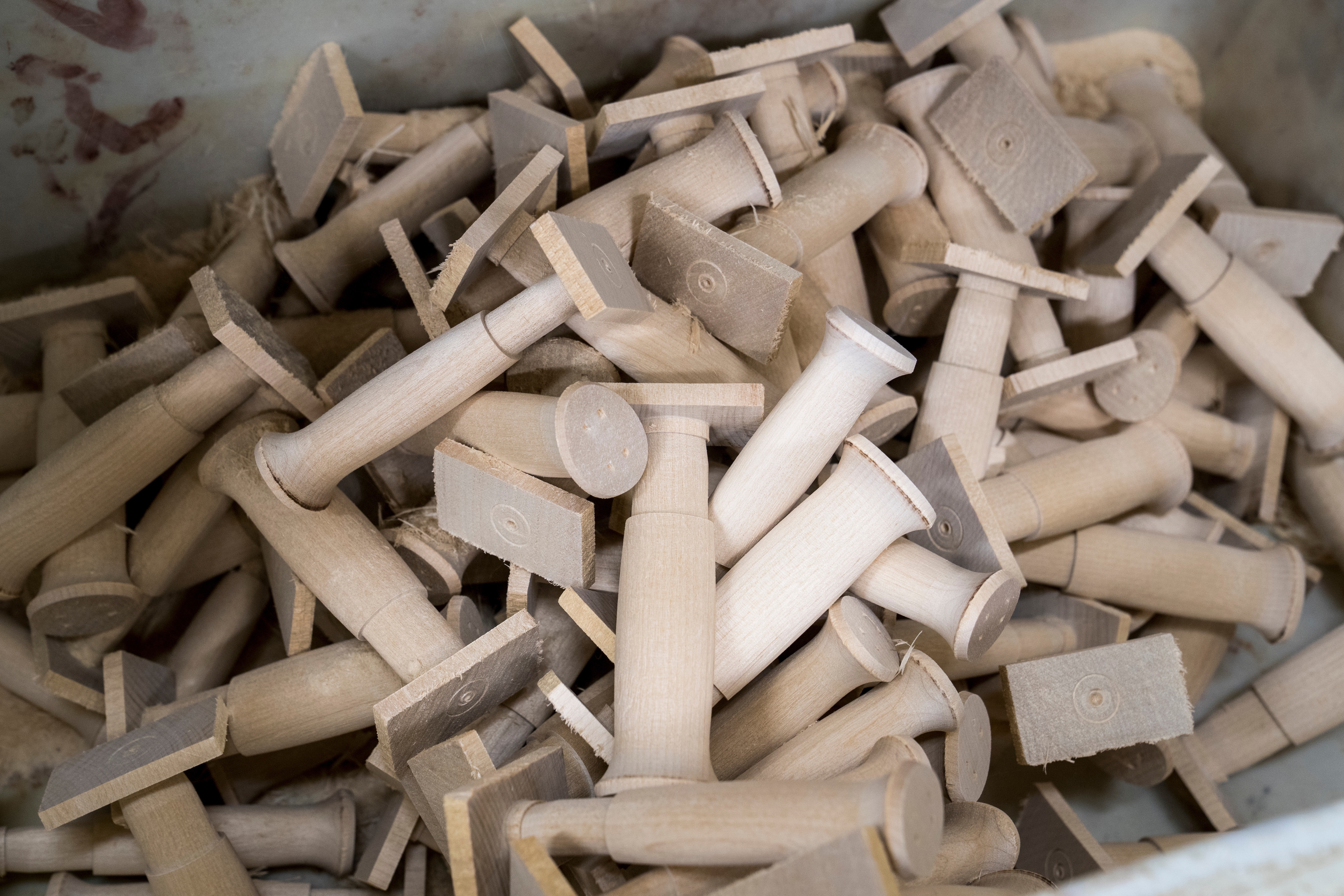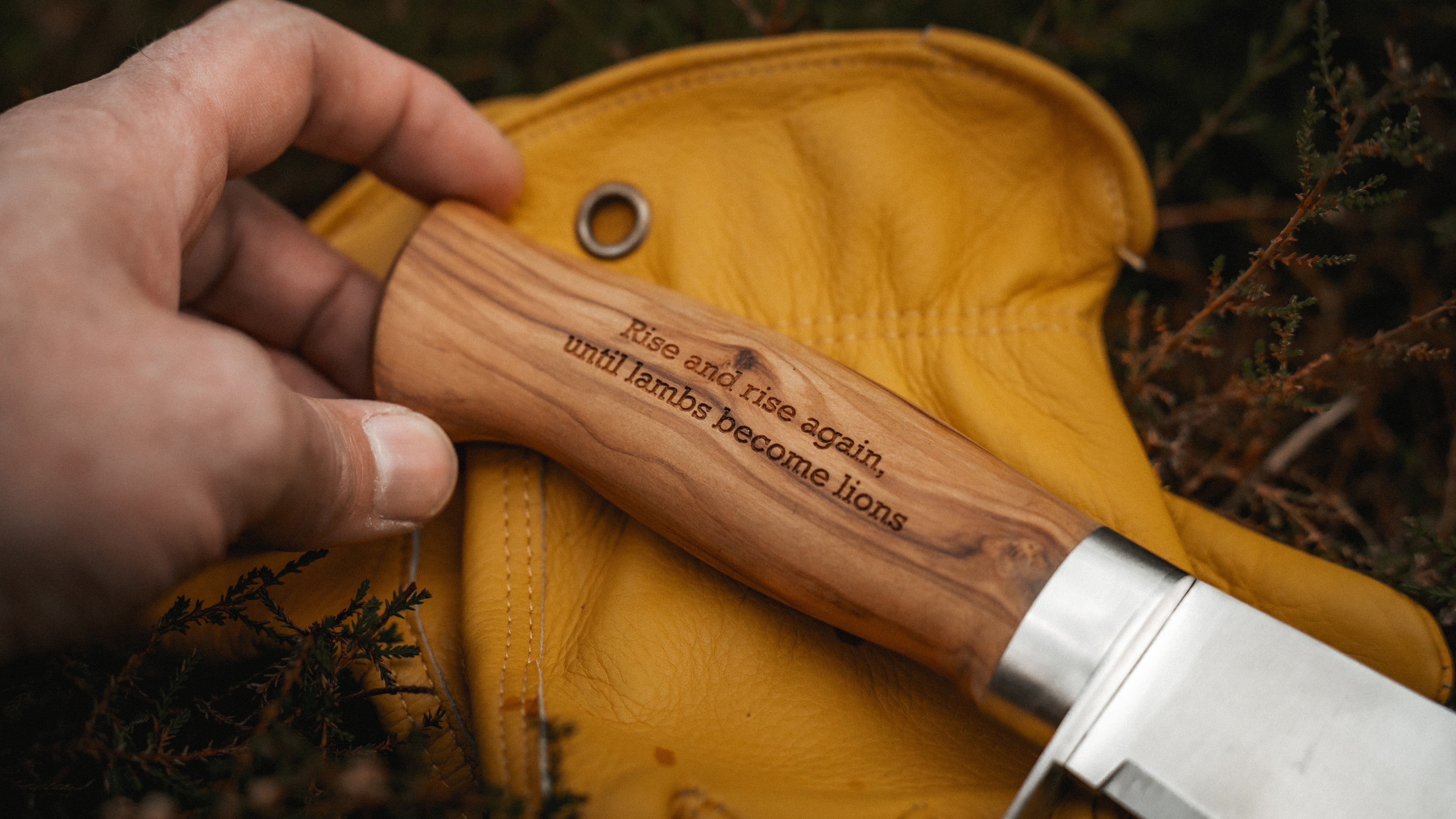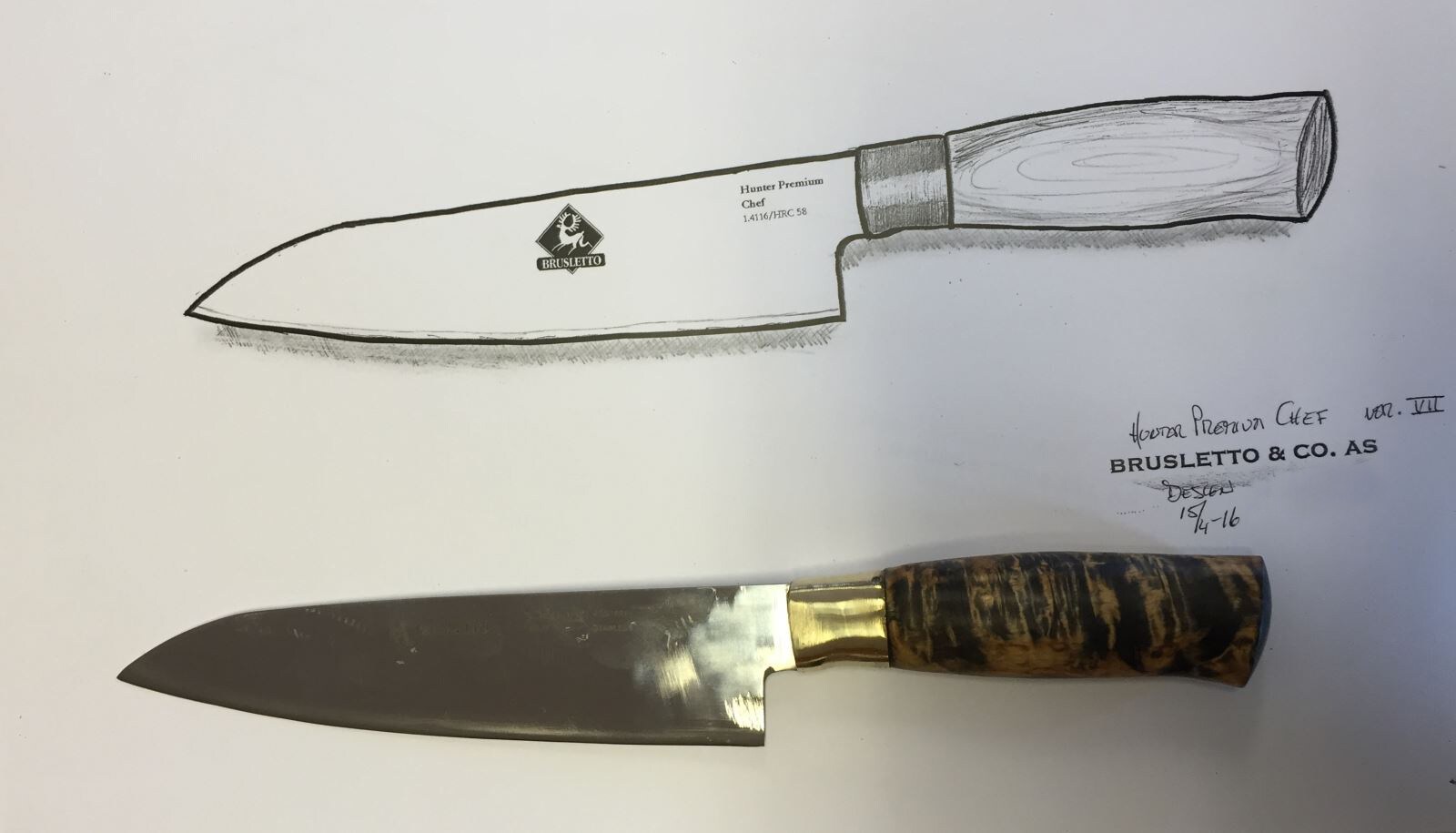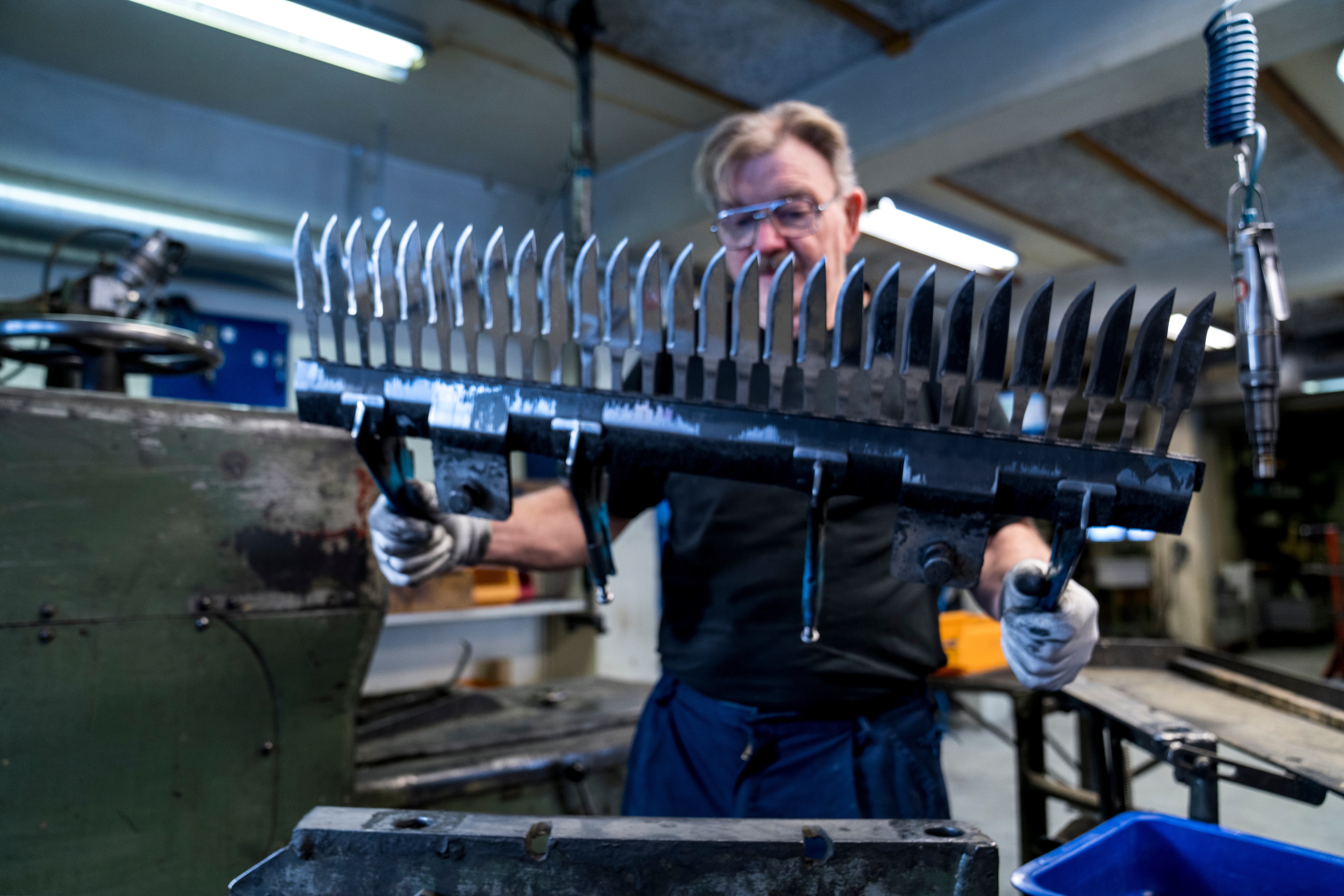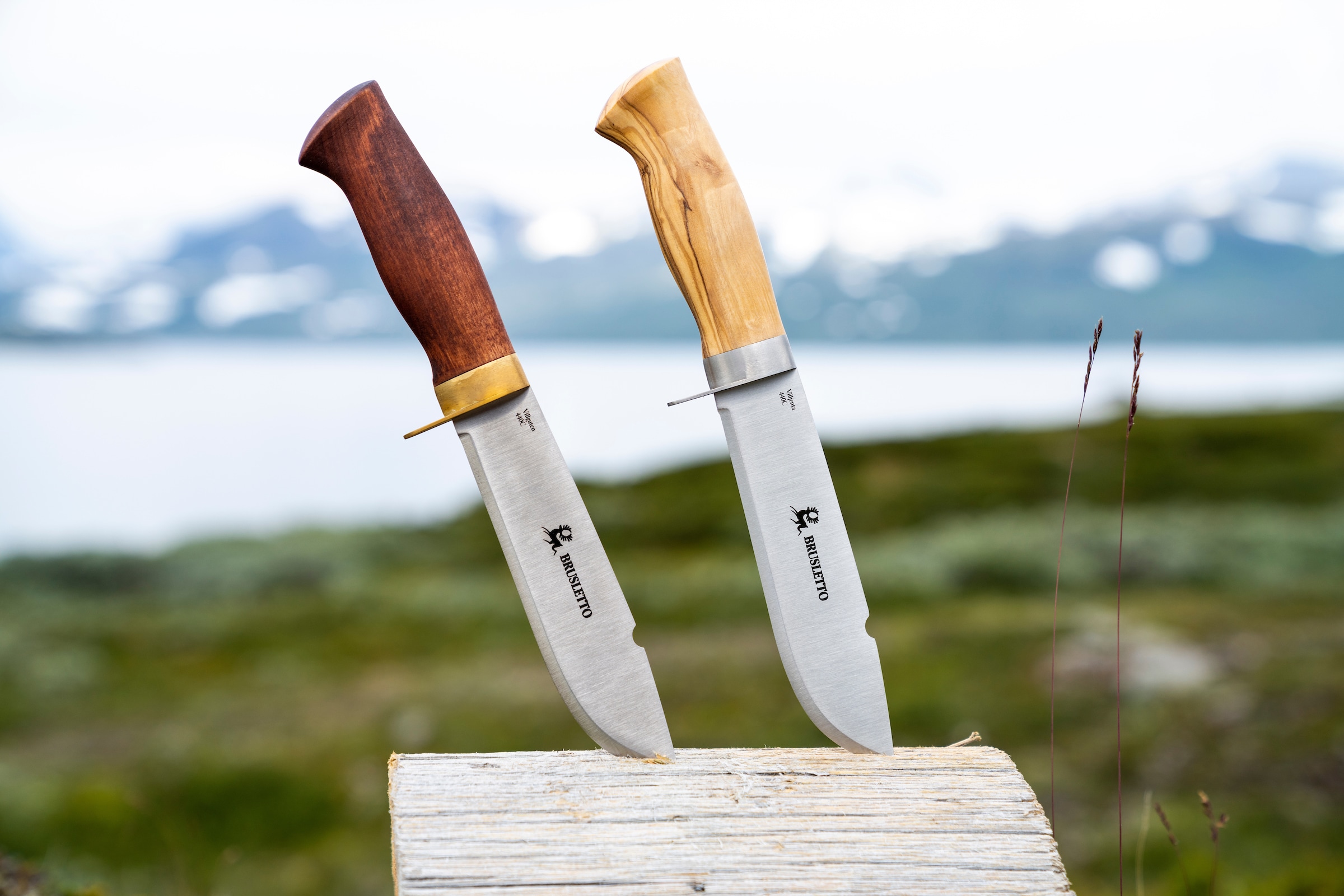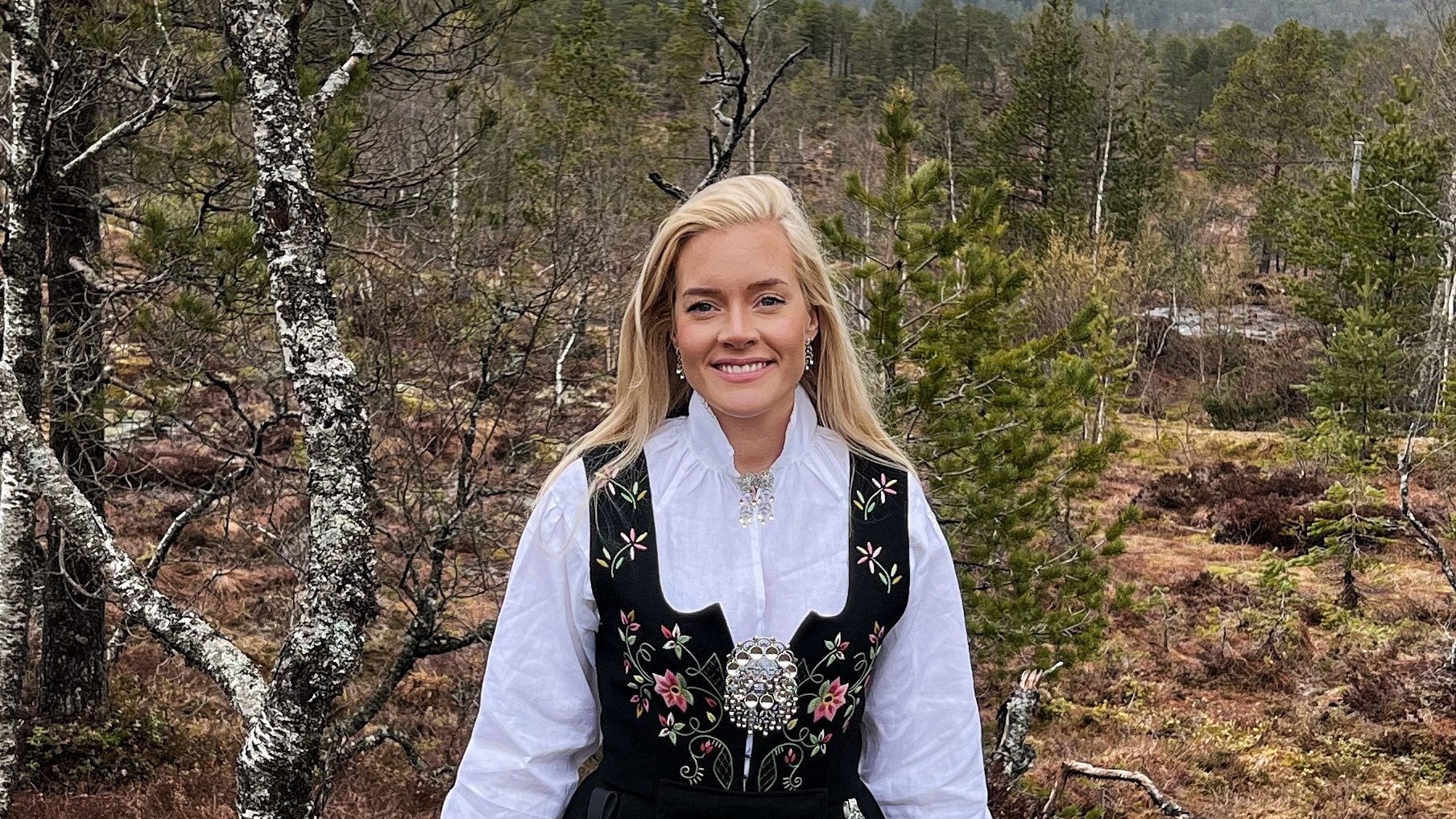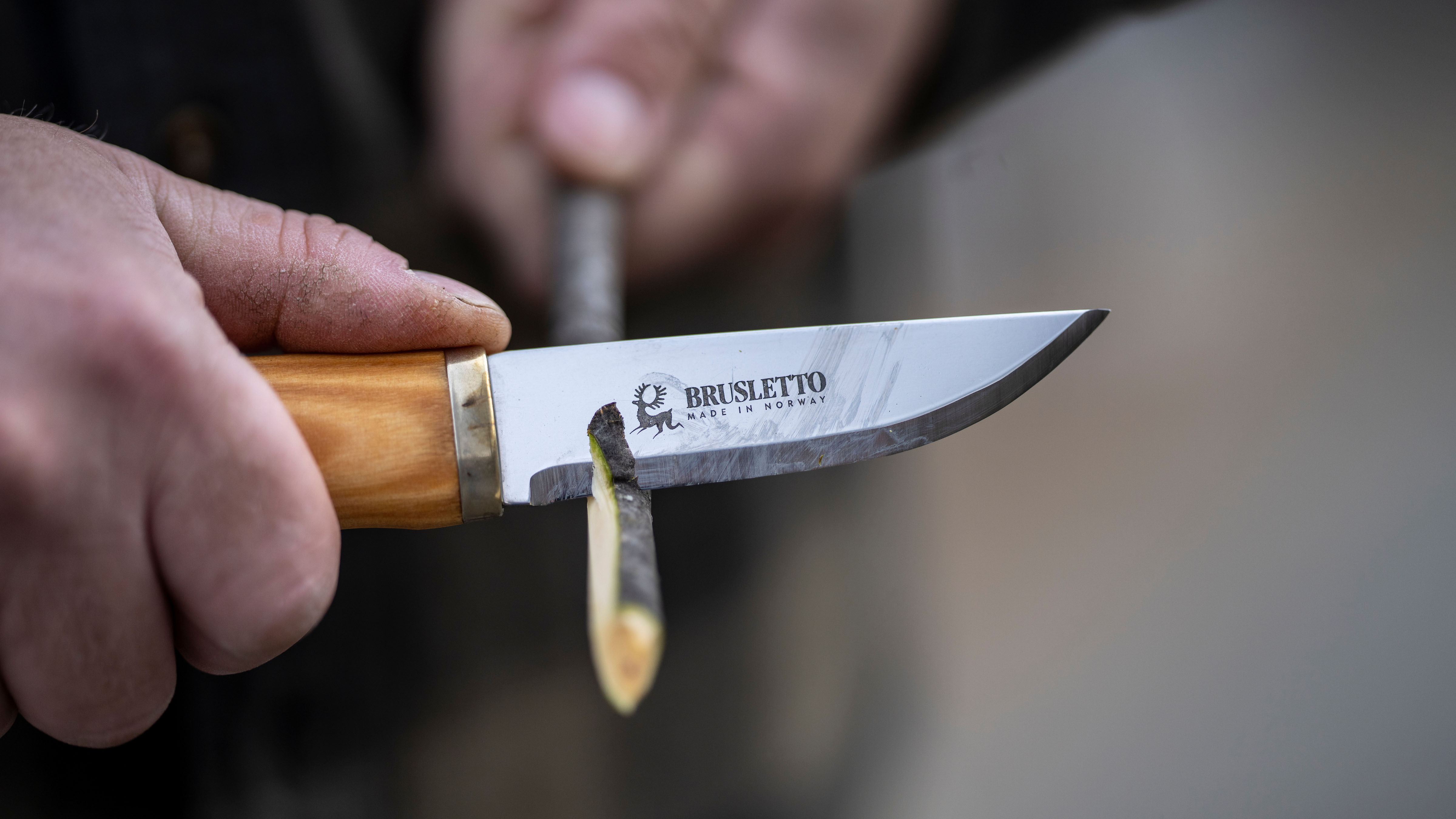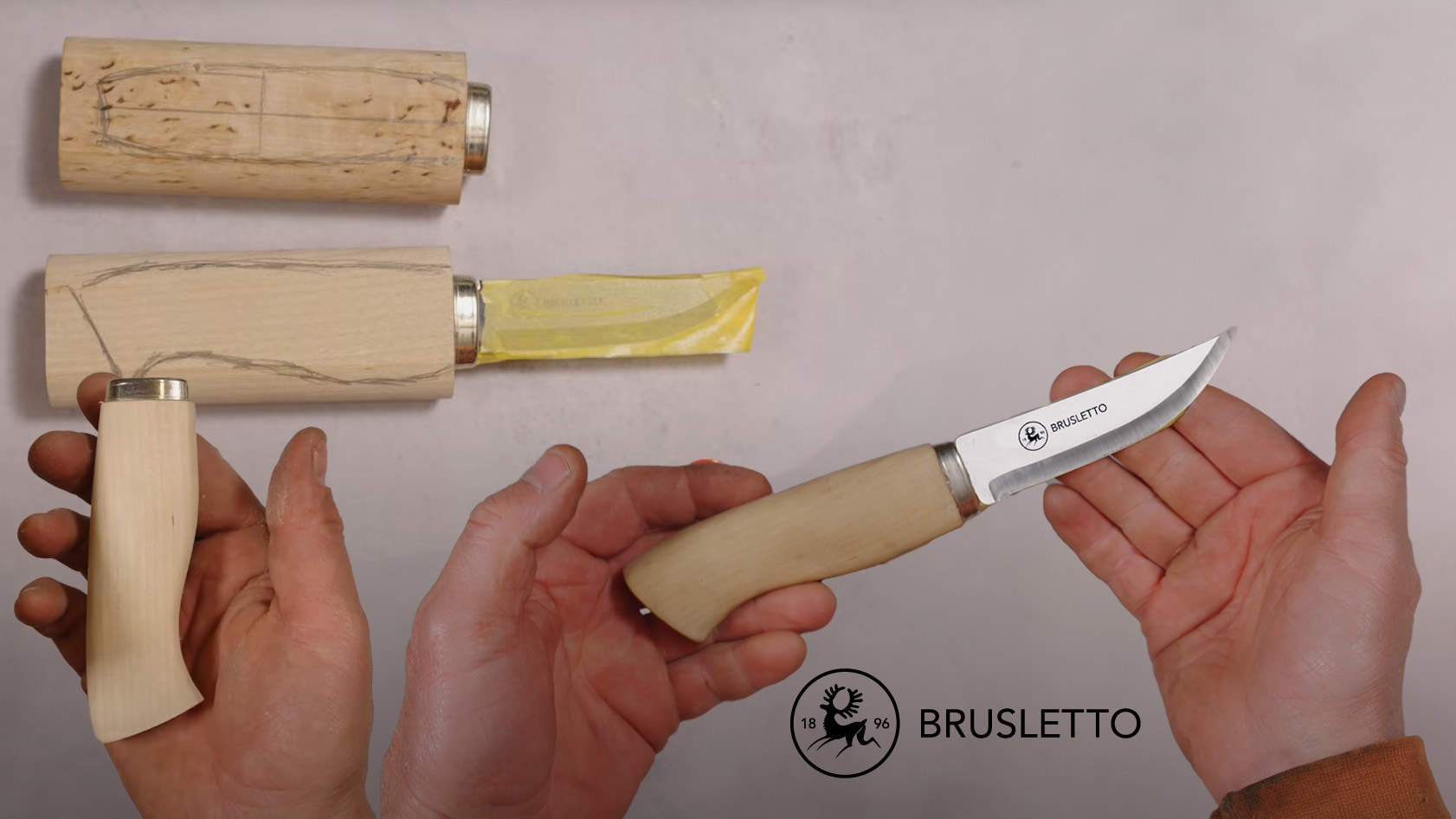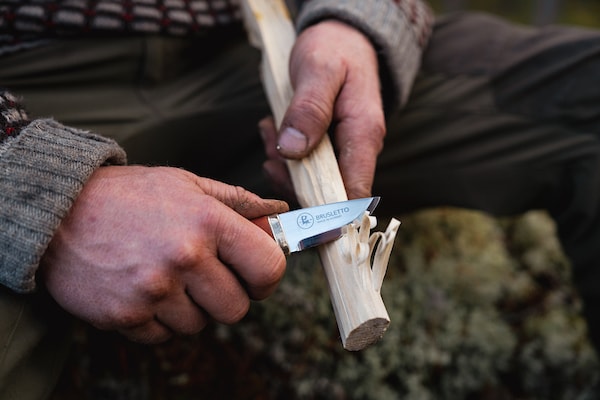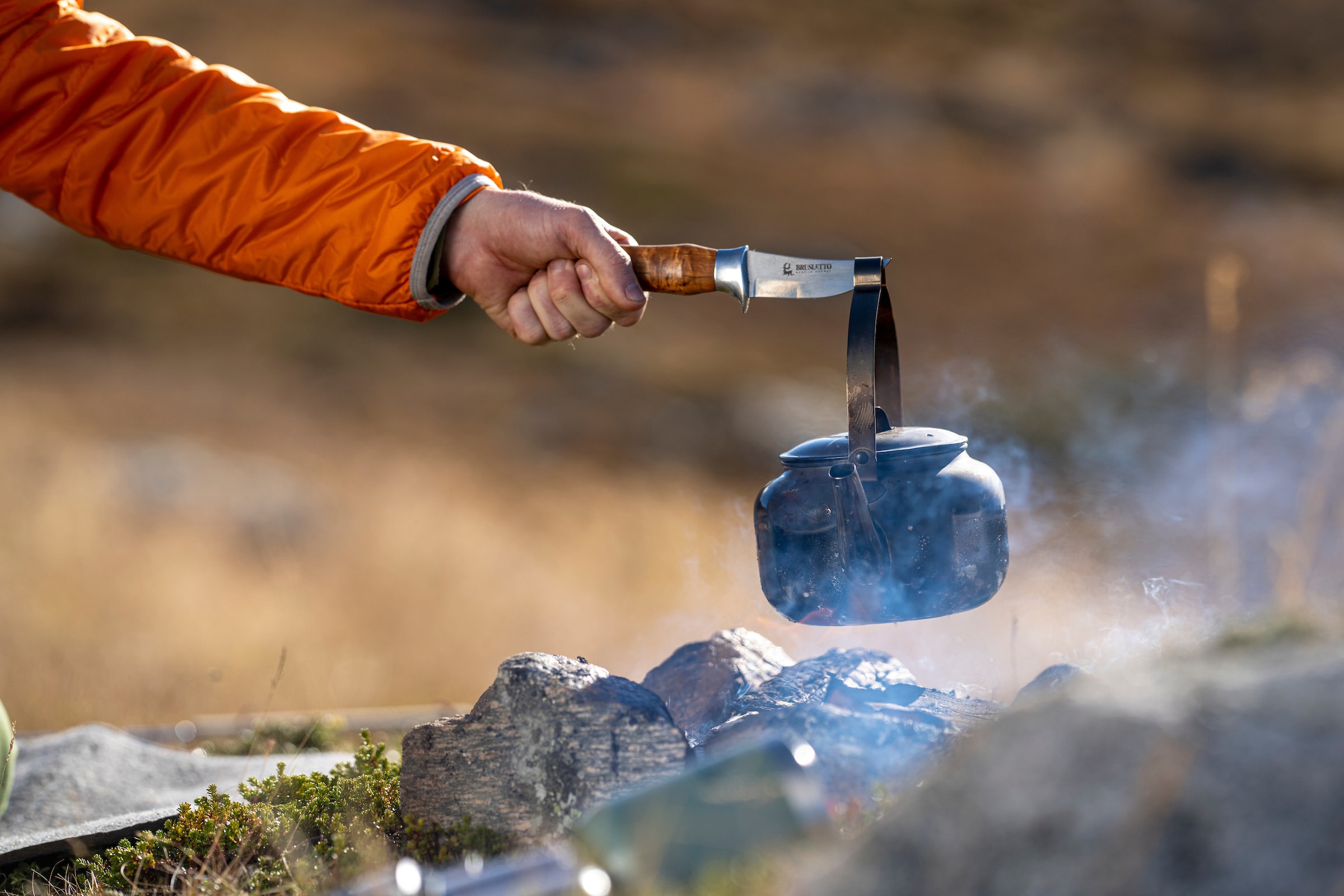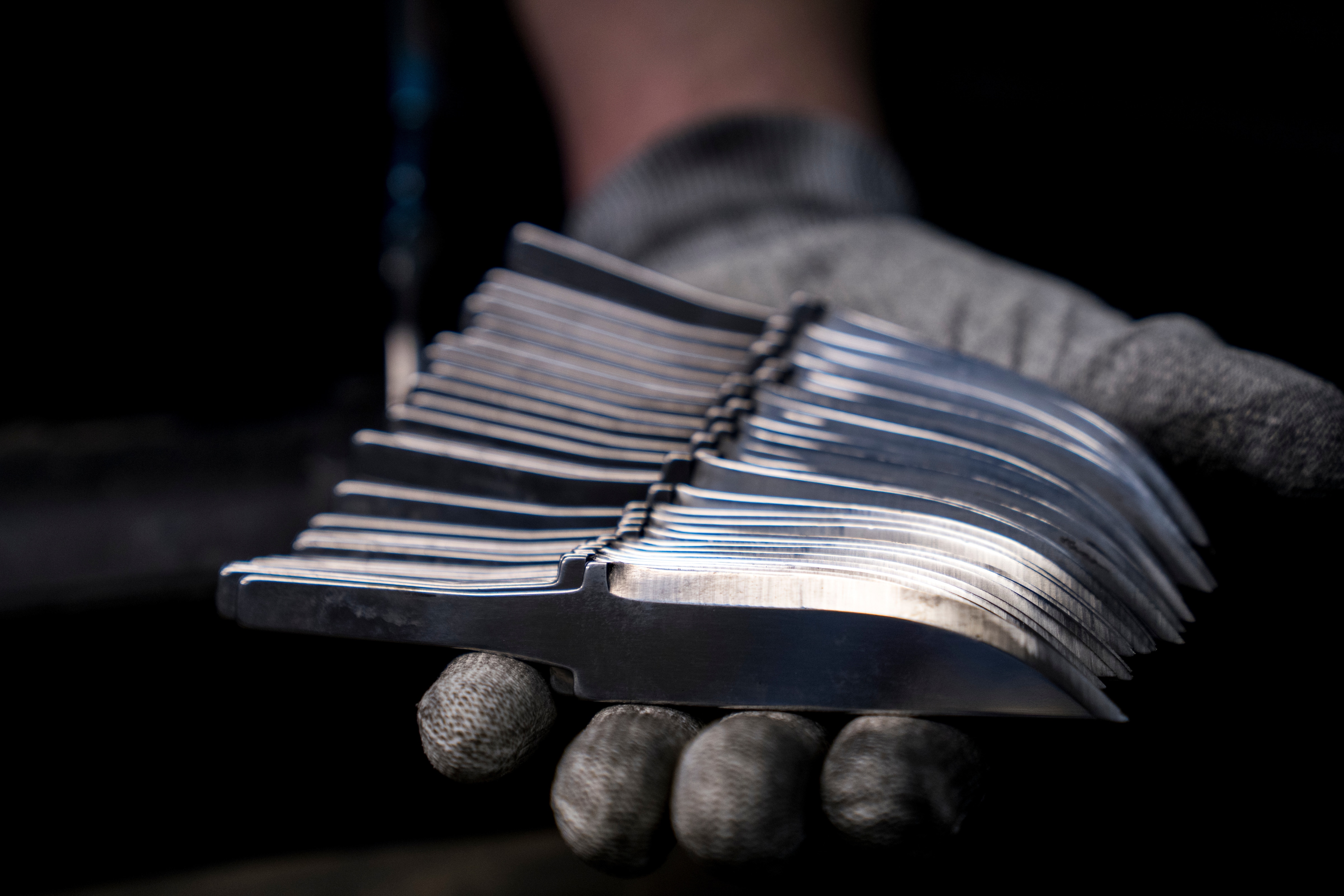Tips
The Different Parts of a Knife
Learn About the Different Parts of a Knife
Are you curious about the anatomy of a knife? You've come to the right place! It can be useful to learn the different terms for the kitchen's most important tool, the knife. Let's start with the various terms that professionals use for knives.
The Different Terms
Spine - Knivrygg / Knivsrygg
Blade – Blad
Edge – Egg
Handle – Skaft
Bolster – Holk
Tang – Tange
We Start with the Blade
The first thing you usually notice is the blade, and it is the part of the knife used to cut or slice materials. It typically consists of a cutting edge, which is the sharpest part of the blade, and can have various shapes and sizes depending on its use. The blade can be made from different materials such as steel, ceramic, or titanium, each offering different properties and characteristics. The blade is usually attached to a handle, which provides the user with grip and control during use.
The Handle
The handle is an essential part of the knife that not only provides the user with a comfortable grip but also contributes to the knife's balance and stability. The function of a handle extends beyond aesthetics and plays a crucial role in the user's safety and efficiency. It's important for the handle to be ergonomically designed to fit comfortably in the user's hand, reducing fatigue and discomfort during long hours in the kitchen. In addition to offering comfort and balance, the handle can also act as an extension of the blade, giving the user increased control and precision. Many handles are designed with textured or grip-friendly surfaces to prevent the hand from slipping during use and to reduce the risk of injury.
Bolster
The bolster is an important part of the knife's construction, playing a crucial role in both its function and aesthetics. Positioned at the transition between the blade and the handle, the bolster acts as a protective edge that enhances the knife's stability and durability. Functionally, the bolster adds extra weight and balance to the knife by distributing the weight evenly along its length. This makes the knife feel stable in the hand and provides the user with better control and precision for cutting tasks. Beyond improving balance, the bolster also serves as a protective barrier for the user's fingers. By creating a raised edge between the blade and the handle, the bolster prevents the user's fingers from slipping onto the blade during use, reducing the risk of injuries and accidents. Aesthetically, the bolster contributes to the knife's overall appearance, giving it an elegant and polished finish. Many knives feature beautifully designed bolsters that enhance their visual appeal, adding a sense of craftsmanship and quality.
Tang
The tang of a knife is significant for both function and aesthetics. In the knife world, there are different types of tangs that define both durability and weight. A knife with a full tang forms an unbroken link from the tip of the blade to the end of the handle. This construction ensures a knife that is ready for any challenge, as a full tang guarantees longevity while giving the knife a heavier weight. However, we must not overlook the value of excellent balance. Half-tang knives mean a lighter weight, enabling agility and elegance with each cut. In this design, the steel stops halfway into the handle.


